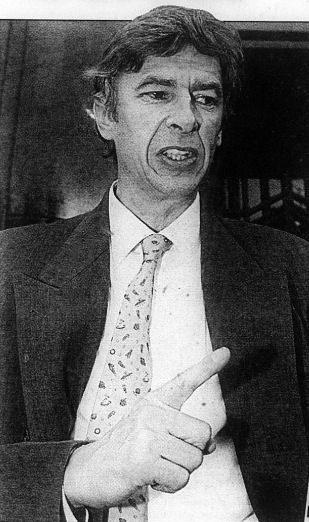Woolwich Arsenal Subbuteo team
156: John ‘Tim’ Coleman (Military Medal)

Tim Coleman being painted
Kit season: 1906/07
Position: inside forward.

Tim Coleman being painted
Kit season: 1906/07
Position: inside forward.
During Arsenal’s third match of this season, BBC’s Jonathan Pearce came out with this fact:
“Not since Phil Kelso in 1904 has an Arsenal manager started with just one draw from their opening three games”
He was referring to Kelso’s first three games at the start of the 1904-05 season which was Woolwich Arsenal’s first in the top flight. However, whilst putting together our latest book – Arsenal: The Complete Record – we discovered that this wasn’t correct.
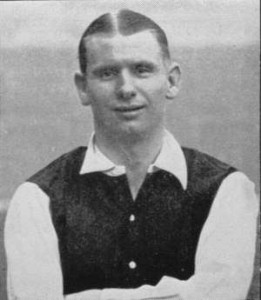
On 24 February 1934, Arsenal travelled north to play Newcastle United at St James’ Park. A 1-0 win saw the Gunners back on track to retain the Football League title which looked like it could be derailed following the untimely death of Herbert Chapman.
On the journey back to London, the train that the players were on was involved in a major accident that resulted on six of the team, including David Jack and Cliff Bastin, being tragically killed.
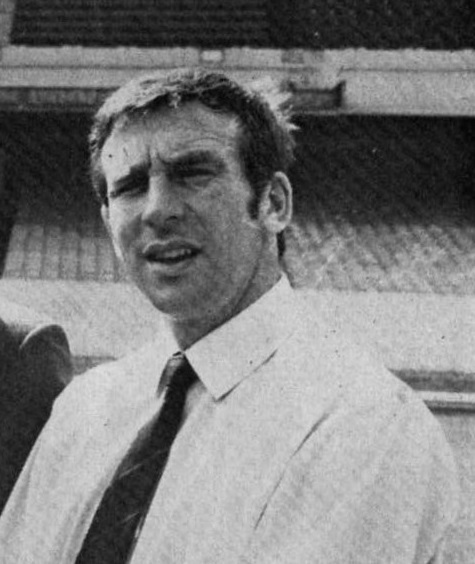
Brian Whitehouse: The Arsenal Youth Manager 1969-1971
Brian Whitehouse was Arsenal’s FA Youth Cup winning manager of 1971, but he left soon after with Don Howe to return to his home team, West Bromwich Albion after the board’s slight at Howe’s role in Arsenal’s historic double winning season.
I’m not sure what set me off on this one, I guess there was something that didn’t seem to add up. But here we are with another historical “fact” that has been corrected.
Arsenal’s 2017 FA Cup win was their seventh under Arsene Wenger which made him the most successful manager in FA Cup history. This is shown in tables plastered all over the internet and traditional media. I assume that most of these have sourced their information from that ultra-reliable source, Wikipedia.
Those of you who are regulars on twitter will, no doubt, have seen photoshopped pictures of Arsene Wenger apparently signing Dennis Bergkamp. These usually surface on Dennis’ birthday or 20 June when he was signed, with a caption such as: “Arsene Wenger’s greatest signing.”
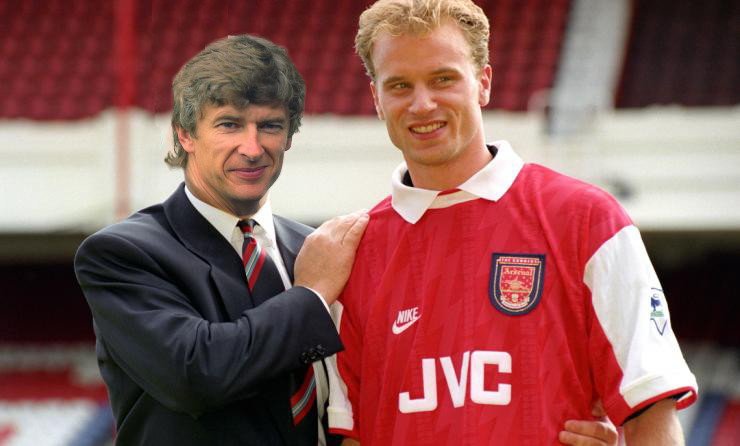
Thierry Henry, Dennis Bergkamp and Alex James: these three names always crop up when discussing the best attacking player in Arsenal’s history, but the outstanding player from the 1930s is our subject here.
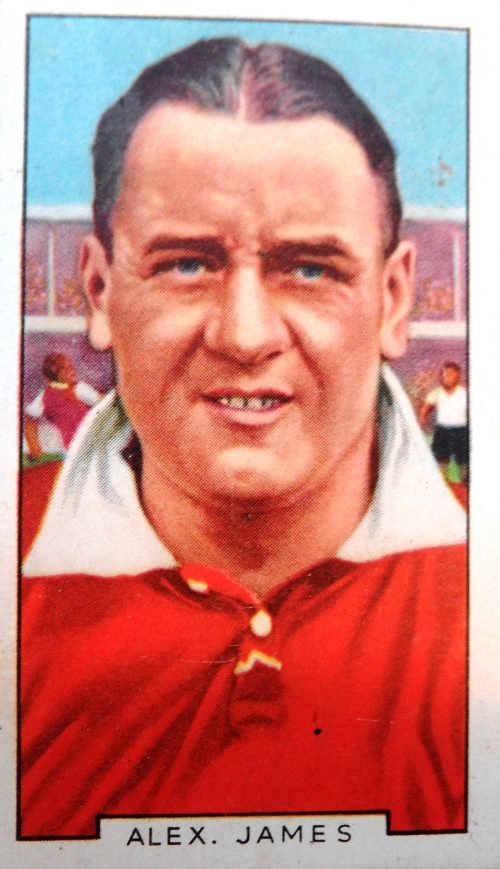
We all know the original clock was placed on the Laundry End in 1930 and after some shenanigans with the FA and Highbury redevelopment it was moved to the College End in 1935.
We wrote as much in a recent blog and article for the club magazine.
However, all may not be as we all had assumed as new detail has emerged which shows the clock most likely began its life on the West Terrace, within an information centre on the South-West corner of the ground before moving to the Laundry End a few years later.
At the start of the week Andy told me that the Illustrated Sporting and Dramatic News had been placed on the British Library website. This was exciting news for historians as the publication “did what it said on the tin” – it being a weekly paper that began in the Victorian period to provide the interested populace a multitude of drawings and photos of current sporting and artistic news and events. As such it provides insight that words can not convey.
He then said look at this beauty from the Illustrated Sporting and Dramatic News 1930:
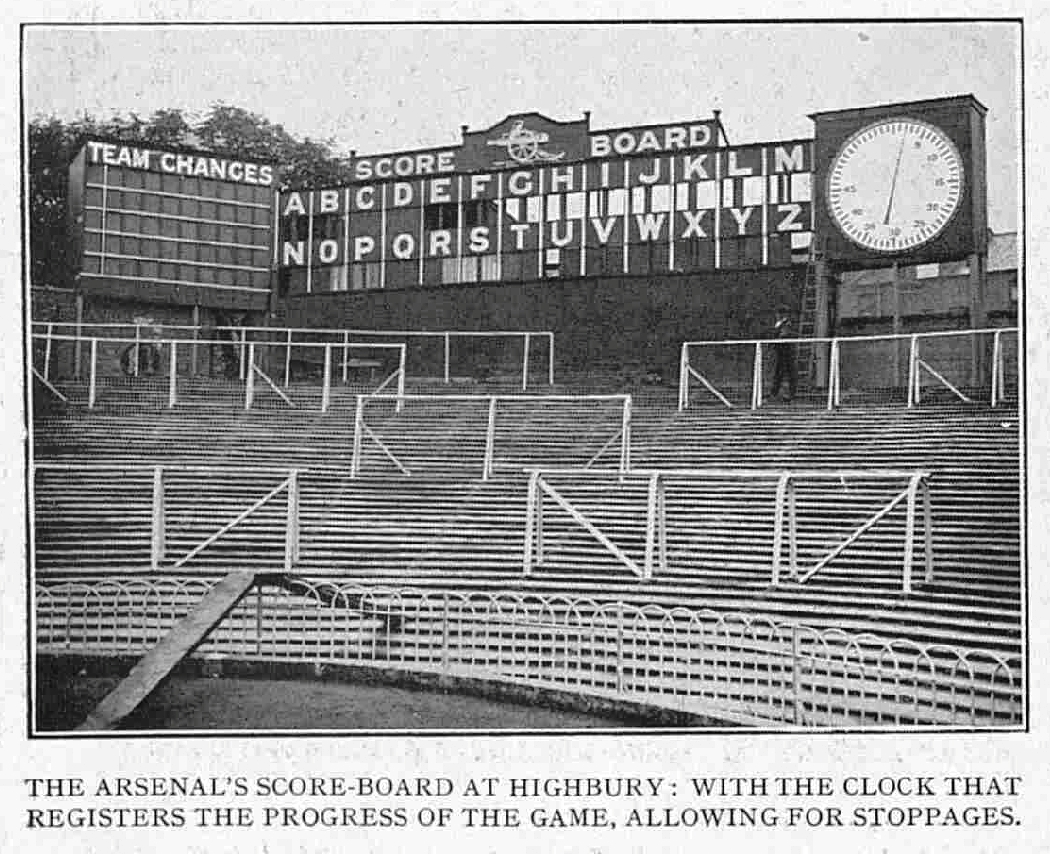
The Original Clock in the Information Centre at Highbury – 20 September 1930*
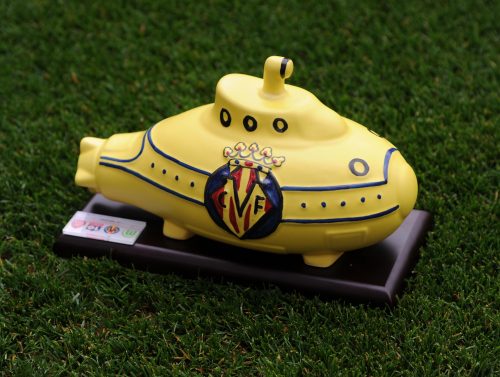
The Villareal Yellow Submarine residing at the Arsenal Museum Archives
Today, Arsene Wenger celebrates 20 years as Arsenal manager. It’s been an unusual era that has left Arsenal fans divided on whether or not he should have been in charge for the whole of this period. However, his tenure almost ended within weeks of his appointment.
